Replacing the Air Filter Every 6,000 Miles Is Wrong — 90% of American Drivers Don’t Know This
One of the most persistent recommendations repeated by official dealers and service shops is the need to replace your car’s air filter regularly.
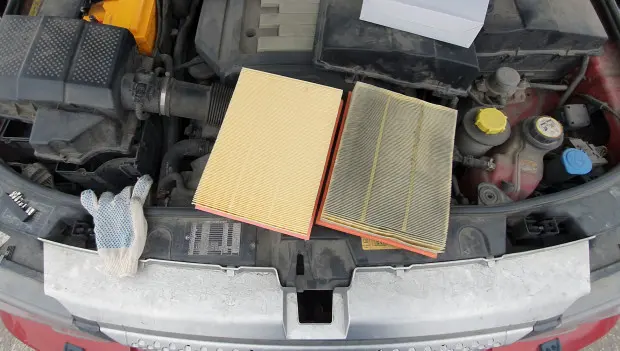
For years, dealerships and service centers across the U.S. have told drivers to replace their air filters every 6,000 miles. This advice has become almost a rule of thumb, and many car owners follow it without question, believing that more frequent filter changes directly improve engine health.
But if you look past the marketing and focus on how air filtration actually works, the picture changes. In most cases, an air filter’s lifespan is much longer than what the maintenance schedule claims. Real-world tests conducted in urban driving conditions show that a typical filter can perform effectively for up to 15,000 miles—or even more. Frequent replacement, as pushed by dealerships, is often less about protecting your engine and more about boosting service revenue.
To understand why a filter can last longer than the service book suggests, and how dust levels truly affect its lifespan, we need to look at the physics of filtration, filter design, and real test data.
How the Air Filter Works—and Why It Doesn’t Wear Out That Fast
The engine air filter protects the pistons and cylinders from dust, sand, and other small particles. Its main job is to stop debris that could cause abrasive wear. Modern filters are made of multilayer synthetic materials treated with special compounds to improve dust retention.
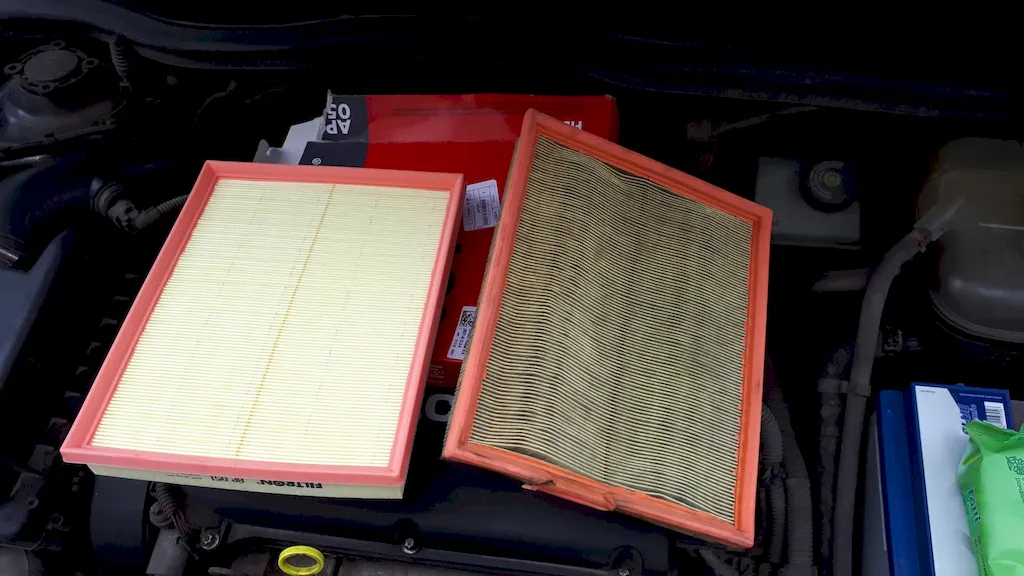
As the filter traps contaminants, larger particles settle in the outer layers, while smaller ones are caught deeper inside. This design keeps the filter efficient for a long time, and only when it becomes heavily clogged does airflow start to drop. Importantly, contamination level depends more on driving conditions than on mileage alone.
If a vehicle operates mostly in a clean urban enviroment with paved roads, the air filter deals with far fewer particles than one driven on dusty rural routes. Tests show that in average city air, a filter retains up to 90% of its airflow even after 12,000 miles. Only beyond 15,000–18,000 miles does resistance begin to increase enough to affect fuel combustion efficiency.
Why Dealers Push for Frequent Replacement
Official service centers list filter replacement every 6,000 miles, but that’s often driven by profit, not necessity. The air filter is one of the cheapest consumables, easy to swap, and simple to include in every maintenance visit.
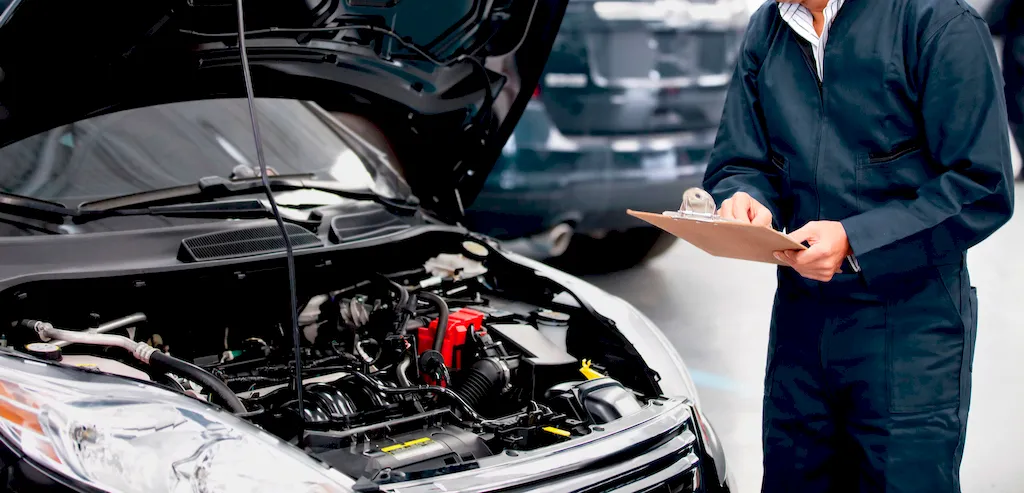
For dealers, it’s a guaranteed source of income: a $20 filter can turn into a $100 service bill once labor is added. Multiply that by thousands of customers, and the profit is clear. Frequent replacements also create the appearance of care—drivers leave with a new filter and the comforting thought that their engine is “protected.”
However, tests show that even after 12,000 miles, filtration efficiency remains at 97–98%, fully meeting engine requirements. In other words, changing the filter twice as often as needed benefits the shop, not the driver.
Real Test Results and the Role of Dust
Comparative lab and road tests confirm that air quality is the key factor. In large American cities where roads are paved and regularly cleaned, filters accumulate dirt two to three times more slowly than in dusty rural areas.
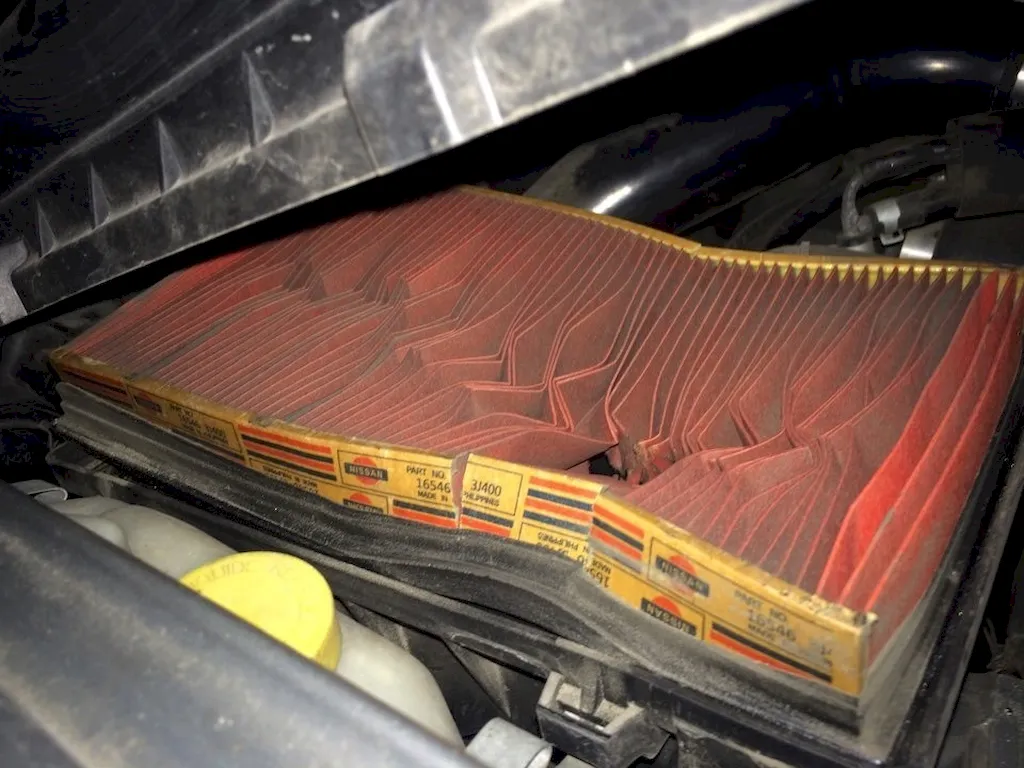
After 6,000 miles, an urban-driven car loses only about 20% of its airflow capacity—no impact on performance at all. At 12,000 miles, that figure reaches around 30–35%, but filtration efficiency stays high. Only beyond 15,000–17,000 miles in dusty conditions does performance begin to drop slightly. Even then, the engine’s output decreases by just 1–2%, barely noticeable to the driver.
Interestingly, a slightly used filter can actually trap fine particles better: partially clogged pores form a finer barrier. This engineering fact is known to filter designers but rarely mentioned by service advisors.
The Hidden Costs of Over-Maintenance
Frequent filter replacement offers no technical advantage and can even pose risks. Every time the housing is opened, there’s a chance that small particles enter the intake system. If the mechanic isn’t careful, that contamination can cause exactly the wear the driver is trying to avoid.
Repeated disassembly also wears out plastic clips and seals, leading to tiny leaks and unmetered air entering the system. This can trigger false readings in the MAF sensor and unstable engine operation.
From an economic standpoint, replacing a filter too often just wastes money. With genuine filters costing around $25–40 and labor adding another $40–50, unnecessary changes can add hundreds of dollars in ownership costs. There’s no evidence that doing it more often extends engine life. Oil and fuel stay within normal contamination levels, and compression remains unchanged.
Ironically, a filter that’s been in use for a while can work slightly better than a new one—the fine dust already in its fibers helps smooth airflow and stabilize the air-fuel mix.
Marketing vs. Reality
The “replace every 6,000 miles” rule is a textbook example of marketing turned into a service profit tool. Modern air filters are durable and can easily last 15,000 miles in normal city driving.
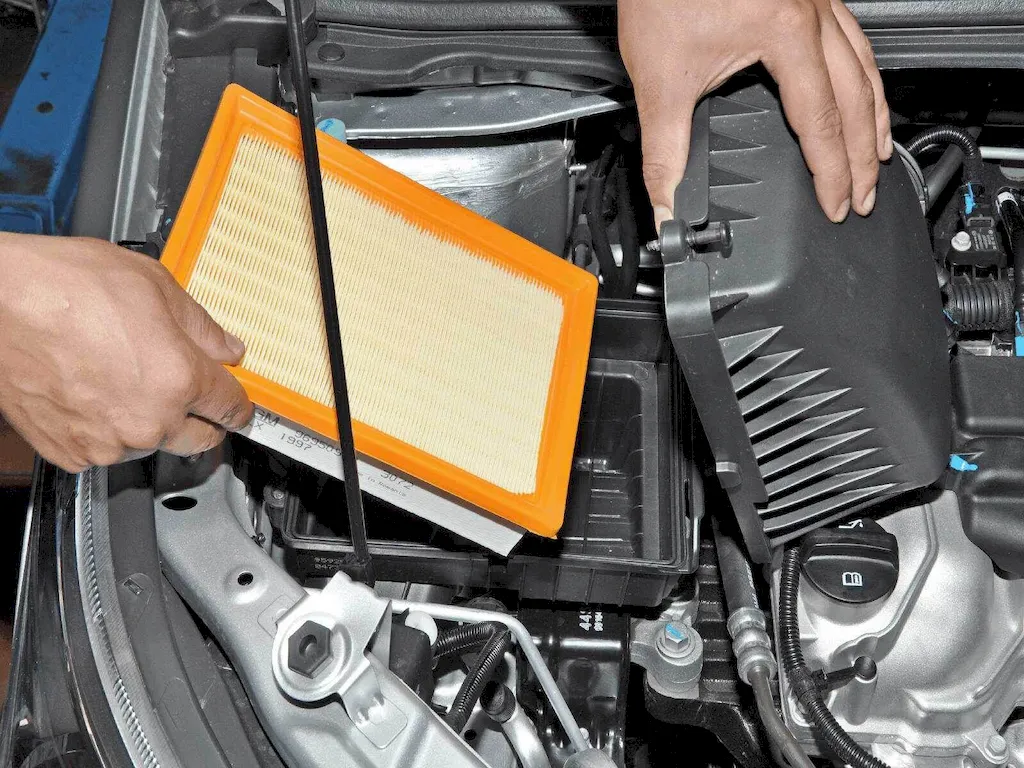
Replacing them too often not only wastes money but can also create risks of leaks and contamination. For most drivers, the smart choice is to inspect the filter visually and replace it only when it’s visibly dirty—not by an artificially shortened schedule.
Tests and real-world practice confirm: in urban cycles, the air filter doesn’t start losing real efficiency until about 12,000–15,000 miles. That means U.S. drivers can safely save a fair amount without compromising their engine’s health.
Being smart about maintenance isn’t about ignoring recommendations—it’s about knowing which ones truly matter. The air filter simply doesn’t need as much attention as service centers want you to think, and understanding that is a small but important step toward more honest car ownership.
You may also be interested in the news:
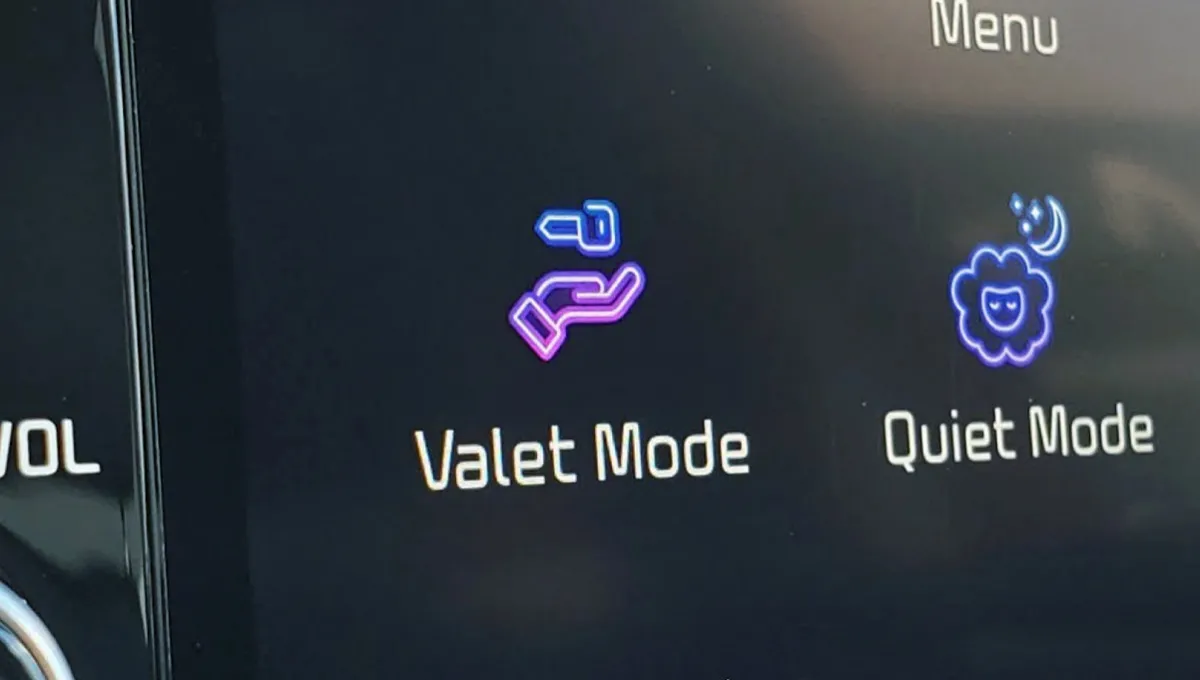
Most Americans Don’t Know This: How to Use Valet Mode and Why You Really Need It
Most car owners overlook a simple feature in their vehicles that can change how you manage your car completely.
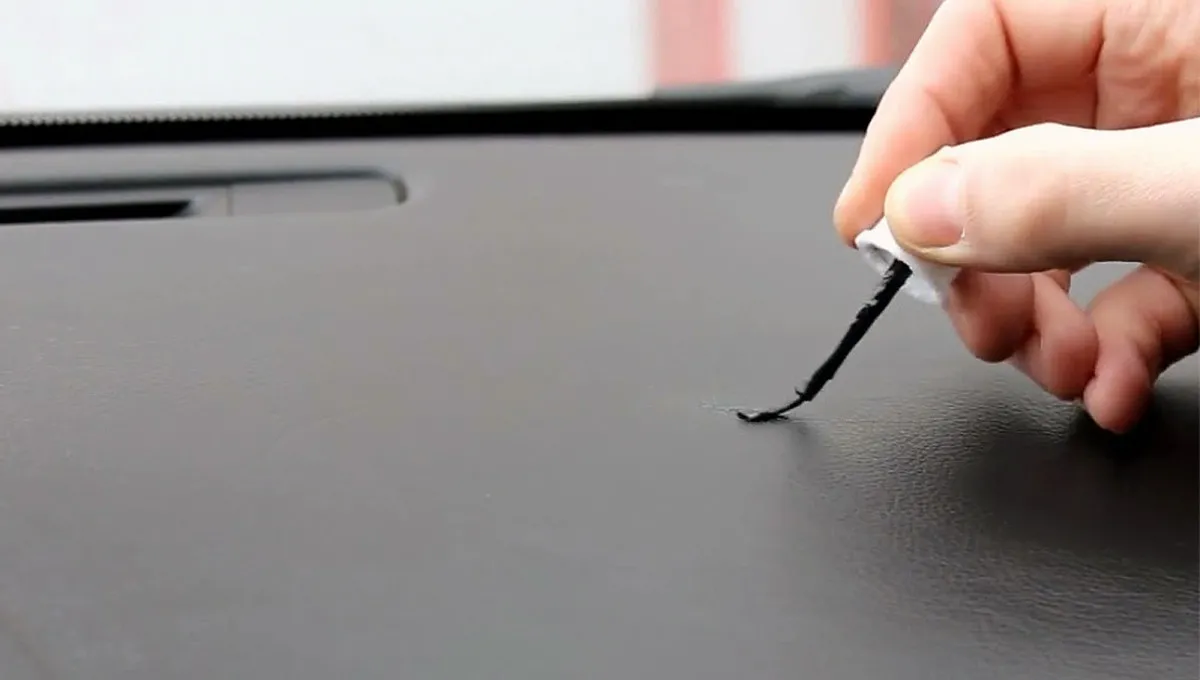
Five Ways to Remove Scratches From Your Car’s Plastic Interior
Every car owner wants their cabin to look as clean and well-kept as possible.
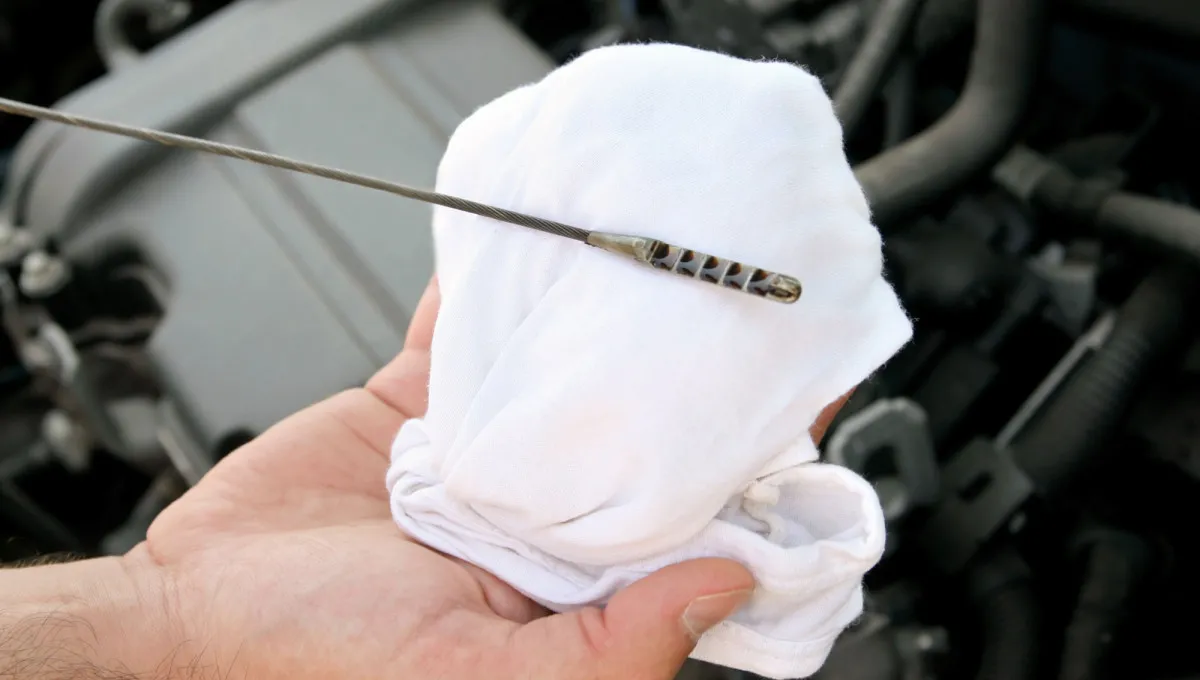
Many Americans don’t know which motor oil is meant for which weather
Once real winter weather arrives, everyday driving suddenly gets tougher. A cold morning start can feel like a gamble.
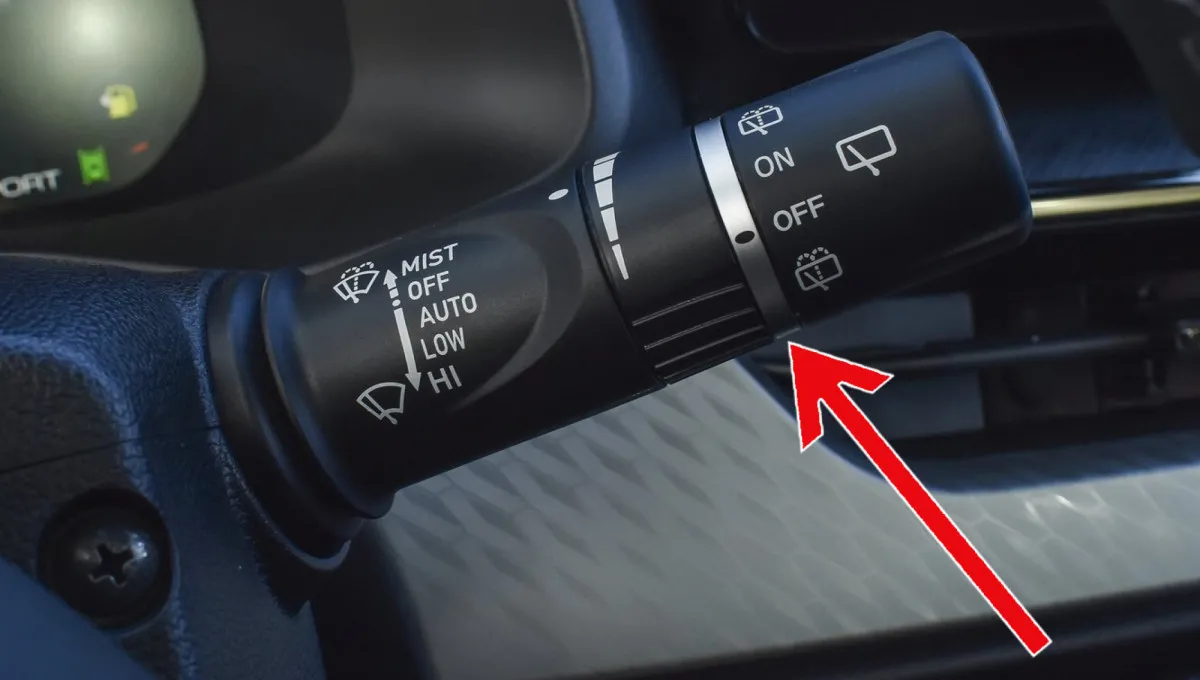
Vital Winter Tip: The One Car Setting You Must Turn Off Before It's Too Late
This common car feature is a silent winter menace. Ignoring one switch can lead to a startling and expensive morning surprise.
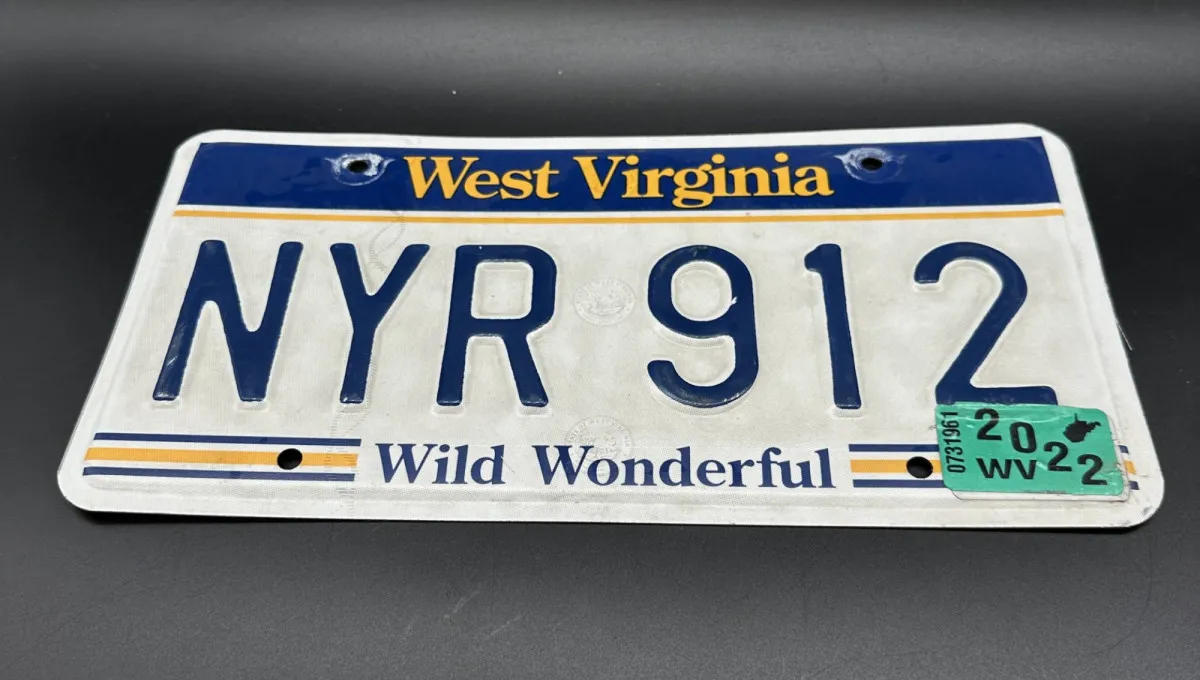
Your Car’s “Horoscope”: What Your License Plate Number Says About Your Ride
Many people believe in the power of numbers—and some even splurge on “lucky” plates for their cars.